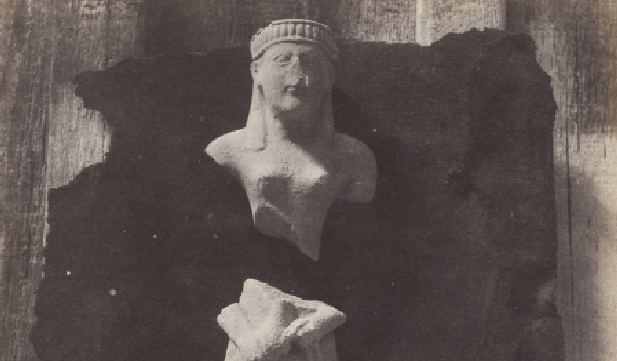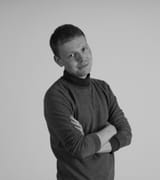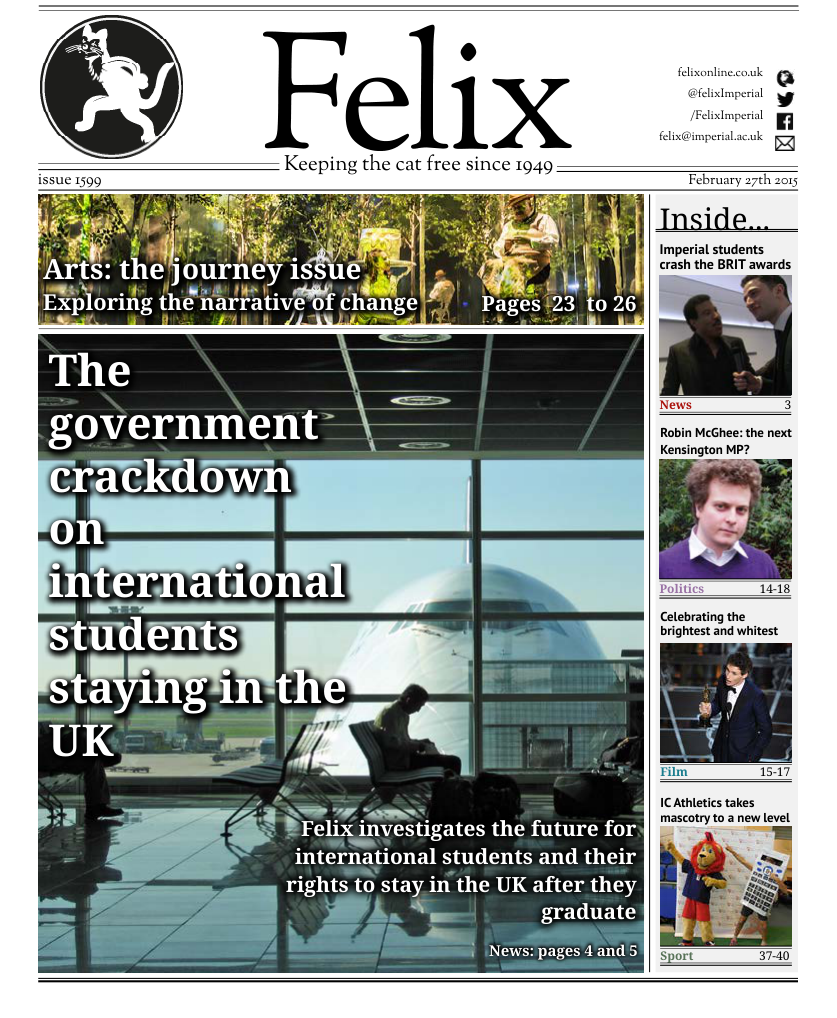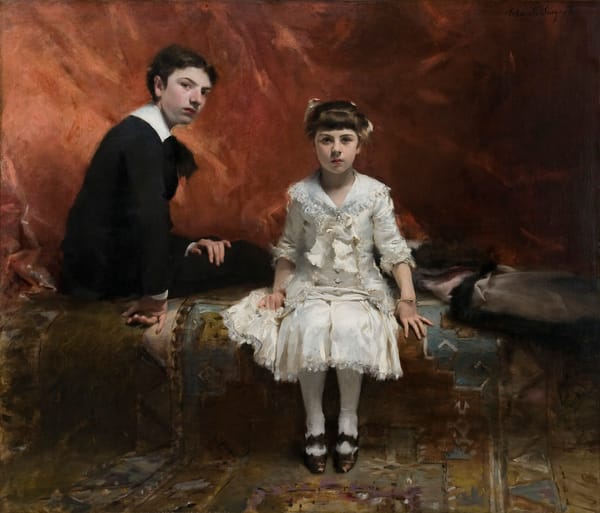A History Lesson Too Far
Fred reviews the Tate Britain's exhibition on salt prints

From one history lesson to another, this week also sees the opening of Tate Britain’s Salt and Silver 1840-1860, the first major exhibition devoted to salt prints, an early form of paper photography. Invented by Henry Fox Talbot, and set up as a competitor to the French daguerreotype, salt prints had a sharp focus but also a softness, which made them appear somewhat like charcoal rubbings.
The photographs on display show how the subjects that enticed the photographer have remained somewhat constant over the last 150 years; the earliest photographers were concerned with documenting their surroundings, as in David Hill’s photographs of fishermen, which set a precedent for social photographers such as Diane Arbus and Brassaï.
There is also a clear obsession with sightseeing, such as in Henri Le Secq’s photograph of Palais de la Bourse: the staid, immensity of the Paris stock exchange contrasts beautifully against the unfettered rush of city life, which zooms past the lens in a photographic blur. While the relation between social photography and sightseeing may not seem obvious, the link is closer than you might think; as Susan Sontag says “The camera makes everyone a tourist in other people’s reality”.
The salt prints’ time in the sun was bright, but brief; 1850 saw the introduction of the albumen print, which was the first time such photography could be commercially viable. This was in contrast to the salt print, which was technically more complex. During the time that salt prints were in vogue, there were several artists who managed to produce beautifully abstract photographs, such as John Beasle Greene’s images of Egyptian statues. Sadly they were few and far between.
While most of the photographs included in the exhibition are interesting, they essentially amount to little more than historical curios; the Tate makes the importance of the early technology clear, but unless you have a particular historical interest, there may not be much here to catch your eye. It is not until the last room that we get a proper glimpse of human life, as the focus shifts from landscape and architecture to portraiture. As Talbot says, “the photographer’s eye is arrested where ordinary people see nothing remarkable”. I feel this is true here; as a member of the ordinary people, I fail to see anything remarkable in this exhibition.








